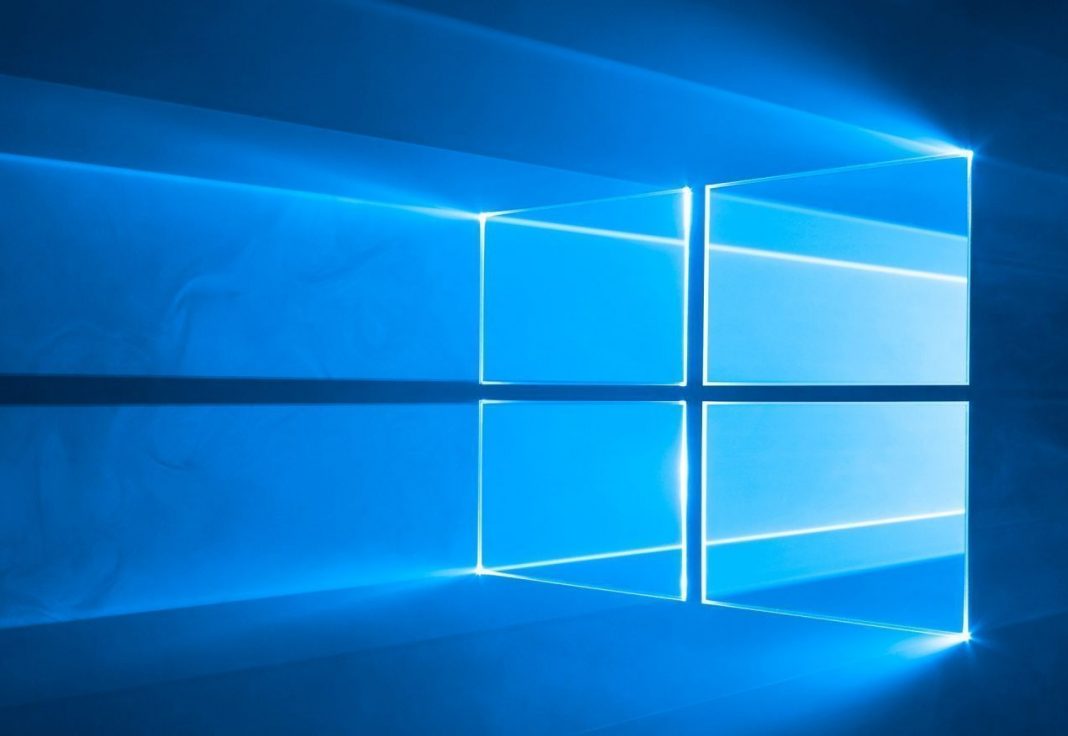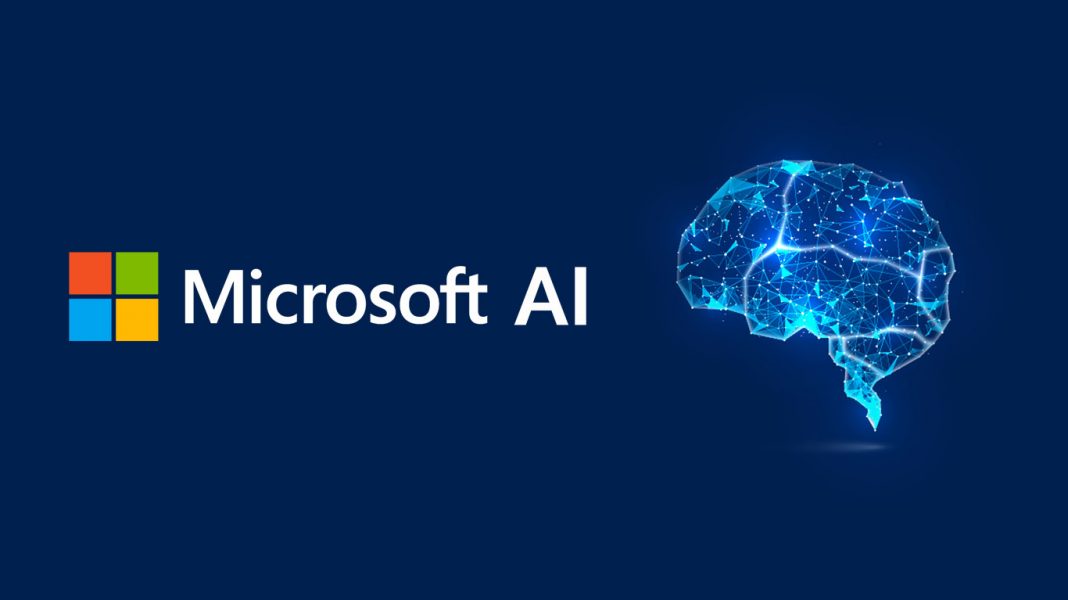Last week, Microsoft made a Release Preview of Windows 10 version 2004 available through the Windows Insider Program, marking what should be a very brief stopover on the way to releasing the latest Windows 10 feature update to the general public. This version will be in the market just in time for the fifth anniversary of Windows 10, which was released in mid-2015.
As is traditional, I celebrated the occasion by upgrading a small data center’s worth of Windows 10 devices to the new build and monitoring for glitches. This year, the process was refreshingly uneventful and almost shockingly fast. On newer PCs, almost everything happened in the background, and the wait after the final reboot was typically five minutes or less.
Still, the exercise provided me plenty of time to think back five years to 2015, when Windows 10 went from an interesting idea to a … work in progress.
After three decades, we got so used to the idea of Microsoft Windows as a shrink-wrapped box of software that the era of Windows as a service was almost literally inconceivable. And yet Microsoft appears to have pulled it off, transforming Windows from its big-bang-release-every-three-years model to something more, well, modern.
For each of the previous four anniversaries I’ve given Windows 10 a report card. But Windows 10 is no longer an experiment; it’s a fully realized product. So instead of a report card, let’s think back five years, to some ideas that didn’t work out exactly as planned.
Today’s Windows 10 is more humble than the original vision
Back in 2015, Microsoft’s vision for Windows 10 was expansive. It would run on a dizzying assortment of devices: smartphones running Windows Mobile, small tablets like the 8-inch Dell Venue 8 Pro 5000 series, PCs in traditional and shape-shifting configurations, Xbox consoles, the gargantuan conference-room-sized Surface Hub, and the HoloLens virtual reality headset.
In 2020, that vision has been scaled back. Windows 10 Mobile is officially defunct, and small Windows 10 tablets have completely disappeared from the market. Of all those chips scattered across the craps table, only the 2-in-1 Windows device category appears to have paid off.

And then there was the app landscape, which changed dramatically over five years. With no mobile devices and no small tablets, there’s no real need for a Universal Windows Platform (UWP). What happened instead is that Microsoft started encouraging developers to add UWP features to their legacy desktop programs and then package them for distribution through the Microsoft Store.
That initiative helped fill the Store, but it also blurred the lines between Windows apps and legacy desktop programs. Perhaps the best example is the Windows 3.1 File Manager, which despite its advanced age (nearly 30 years old!) is now available as an open source app through the Microsoft Store. Who could have seen that one coming back in 2015?

The 1990s-vintage Windows File Manager is available in the Microsoft Store for Windows 10
“Windows as a service” turned out to be more evolutionary than expected
For two decades after the much-hyped release of Windows 95, we became accustomed to thinking of Windows as a shrink-wrapped product, fixed and immutable except for occasional security updates and very rare service packs.
So it was only natural that some of us projected that immutability to the “Windows as a service” model that Microsoft announced with great fanfare as part of the launch of Windows 10. But it turned out that none of those rules were engraved in stone, and Microsoft’s engineers tinkered with them over the first few years.
They started with separate release channels for businesses and consumers and then decided to go with just one. They adjusted the schedule for releasing feature updates, and eventually they bowed to pressure and made those feature updates optional. They tweaked the Enterprise/Education support lifecycle (see the chart below) in response to feedback from exhausted enterprise admins. They added detailed documentation for each monthly quality update and changed the way security updates are documented.

These tweaks to the Windows 10 support lifecycle effectively give enterprise customers two to three years between upgrades
Arguably, most of those changes have been for the better, and the most difficult adjustment is the most fundamental one: Don’t get too comfortable, because the rules can and will change again.
The pace of development is nowhere near as frantic today
When Windows 10 debuted in mid-2015, Microsoft’s marketing and promotion were aggressive and insistent. The free upgrade offer was only good for one year, they said, so hurry before it’s too late. The first major feature update appeared a mere four months later, and three more feature updates in the next two years brought some major changes.
That pedal-to-the-metal pace turned out to be too fast, as the disastrous version 1809 update proved. That buggy release was the first ever to be pulled from Microsoft’s servers just days after its release, and it took six weeks to investigate the underlying issues and resume the rollout. Following that embarrassing incident, the company downshifted its Windows development efforts dramatically.
The rollout of version 1903 was slow, measured, and cautious, and version 1909 was essentially a service pack, delivering what Microsoft called “select performance improvements, enterprise features and quality enhancements.”
Version 2004, which is now available as a Release Preview, has gone through the same long, deliberately slow preview cycle, and the H2 release due at the end of 2020 will probably follow the same virtually-a-service-pack model as version 1909. Anyone running Windows 10 version 1809 will have six extra months before security updates stop, too.
Now more than ever, slower and more cautious is better.
The conspiracy theorists struck out
And then there were the dark scenarios that Microsoft skeptics spun out around the time of Windows 10’s debut.
The free upgrade offer was a trap, they insisted. After Microsoft had lured in a few hundred million suckers with that offer, they were going to start charging for subscriptions. Five years later, that still hasn’t happened. If Microsoft is running some sort of hustle here, it’s a very long con.
As for those free upgrades, readers continue to confirm that you can still get a free Windows 10 upgrade on old PCs running Windows 7 and Windows 8.
Another popular round of speculation back in the months before Windows 10’s debut revolved around a phrase then-Windows boss Terry Myerson used to describe how long Microsoft would support its new OS. I read thousands and thousands of words about what Myerson really meant when he said Windows 10 support would be free for “the supported lifetime of the device.” Most of them proposed yet another trap that Microsoft would spring on unwary Windows 10 upgraders.
The reality? As long as you install a feature update every 18 months or so, you’re supported. So far, only one category of PCs has been incompatible with a Windows 10 upgrade: Some early 2-in-1 PCs from the Windows 8 era (2012-2014), equipped with an Intel Clover Trail CPU, were unable to install any feature updates after the July 2016 Anniversary Update.
In a decidedly non-evil move, Microsoft acknowledged the issue and agreed to continue delivering security updates until 2023, roughly 10 years after the devices were sold.
And then there were the most determined conspiracy theorists of all, who were convinced that Microsoft designed the Windows 10 telemetry subsystem to Hoover all your personal information into the Azure cloud for some nefarious purpose. Over the past five years, Microsoft has published extensive documentation of exactly what data it collects, and even rolled out a Diagnostic Data Viewer utility that lets you inspect the data for yourself.
There have been some privacy issues with Windows and Office over the past few years, most of them centered on data handling requirements related to the EU’s General Data Protection Regulation (GDPR).
As any Sherlock Holmes fan will appreciate, the most persuasive piece of evidence here is the dog that didn't bark. Privacy researchers have had four [make that five now - Ed] years to dig into telemetry transmissions from Windows 10, using their own tools as well as the official data viewer. So far, no privacy advocates or government agencies have come forward with any discoveries that contradict Microsoft's insistence that telemetry data is used only for product improvement.
Still, Windows 10 accomplished its two biggest jobs
Despite the occasional twists and turns that Windows 10 has taken in the past five years, it has accomplished its two overarching goals.
First, it erased the memory of Windows 8 and its confusing interface. For the overwhelming majority of Microsoft’s customers who decided to skip Windows 8 and stick with Windows 7, the transition was reasonably smooth. Even the naming decision, to skip Windows 9 and go straight to 10 was, in hindsight, pretty smart.
Second, it offered an upgrade path to customers who were still deploying Windows 7 in businesses. That alternative became extremely important when we zoomed past the official end-of-support date for Windows 7 in January 2020.
In mid-2019, when I checked usage data from the U.S. Government’s Data Analytics Program, the migration to Windows 10 appeared to be stalled. As of July 31, 2019, Windows 7 still accounted for 26% of all visits to U.S. government websites from Windows PCs.
Nine months later, that number has been cut in half. For the six weeks ending April 15, that same metric shows the number of visits from Windows 7 PCs is down to 12.7% and continuing to slide. Visits from devices running Windows 8.x are down to about 4%.
Meanwhile, on a conference call the other day, a co-worker asked me when Microsoft would release Windows 11. Never say never, I said, but I’d be surprised to see a successor to Windows 10 any time soon. Ask me again in another five years.



